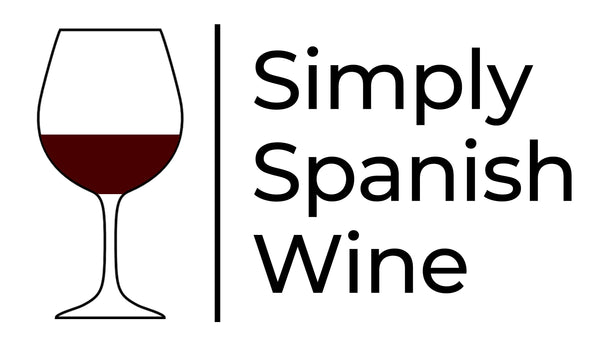After our recent newsletters looking at travel, wine fairs and the like, we thought we’d get back on a bit of a learning track this week with a look at one of Spain’s most popular grapes. In fact, with just under 55,000 hectares planted, you might describe this one as the country’s third most popular red grape variety after Tempranillo (just over 200,000 hectares at the last count) and Garnacha (close to 60,000 hectares). Grown mostly in Castilla La Mancha and Valencia, we are talking, of course, about Bobal.
For many, Bobal is the Mediterranean grape. Thick-skinned and dark in colour, it’s a hardy variety that fends off mildew and drought in equal measure. A grape this good at resisting disease and thriving in the heat was always going to be popular among Spanish wine producers and it makes it a good candidate for winemakers worried about water scarcity, climate change, and ever-hotter growing conditions.
No surprise then that it’s so widely grown. What’s more surprising perhaps is the fact that it’s not better known, that it has only recently started to get a name for itself as a wine grape in its own right. Part of the reason for that is its history. Traditionally, Bobal was used in bulk wines or as a blending grape to add colour and structure. In fact, Bobal was a prize blending ingredient for much of the bulk wine exported to a thirsty France throughout the late nineteenth and twentieth centuries. As a consequence, people had the image of it as a rather hearty, rustic grape that perhaps lacked freshness and finesse.
But these days Bobal is making a comeback, especially in winegrowing areas like DO Utiel-Requena in the region of Valencia, where there are 21,000 hectares planted – that’s a whopping 64% of the DO’s total vineyard area! The grape adapts well to the region’s harsh and contrasting Continental/Mediterranean climate and the altitude of many of the vineyard plots (between 750 and 900 metres above sea level) makes for big differences in temperature between day and night which helps make for fresher wines.
In the right hands, Bobal can produce lovely, medium-bodied wines packed with flavour - but not too heavy - and with fresh acidity, soft tannins, and a rich dark colour. In terms of flavours, you can expect lots of red fruit like raspberry or cherry, but you might also pick up some floral elements like violets, and sometimes even a touch of chocolate.
Bobal is also very popular in Manchuela. Bordering Utiel-Requena to the west and about 100km inland from the Mediterranean, Manchuela is a transition region in terms of climate. It sits between higher, inland Spain, where the Continental climate gives long, hot summers and harsh winters, and a more benevolent Mediterranean where fresher, cooler winds in the lower areas help bring down the temperature in the vineyards at night.
Manchuela is a region best known for its red wines, and about 40% of those are made using the Bobal grape. A great example is the fresh and earthy Rayuelo made by Rosalía Molina at the Altolandon winery in Landete in the high-altitude, northern end of the DO. Another great Bobal wine is the award-winning Clos Lojen from Bodegas y Viñedos Ponce about 90km further south. Boasting 93 points from US critic Robert Parker and costing less than €8 a bottle, this has to be one of the best-value wines on the planet!
If you’d like to try either (or both) of these superb wines, you’re in luck. Because we’re offering 15% off both of them if you buy before Tuesday night. So check out our offer below and get stuck into one of Spain’s hidden gems.
Cheers!

